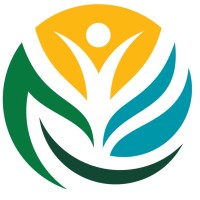Solid Waste Sites and Facilities
What are solid waste sites and facilities?
Solid waste facilities are places where household garbage and other types of waste are collected, processed, or stored. These include landfills, transfer stations, and composting facilities. The waste can come from homes, industry or commercial sources. Most of these operations require permits. The communities near solid waste facilities are usually home to poor and minority residents.
